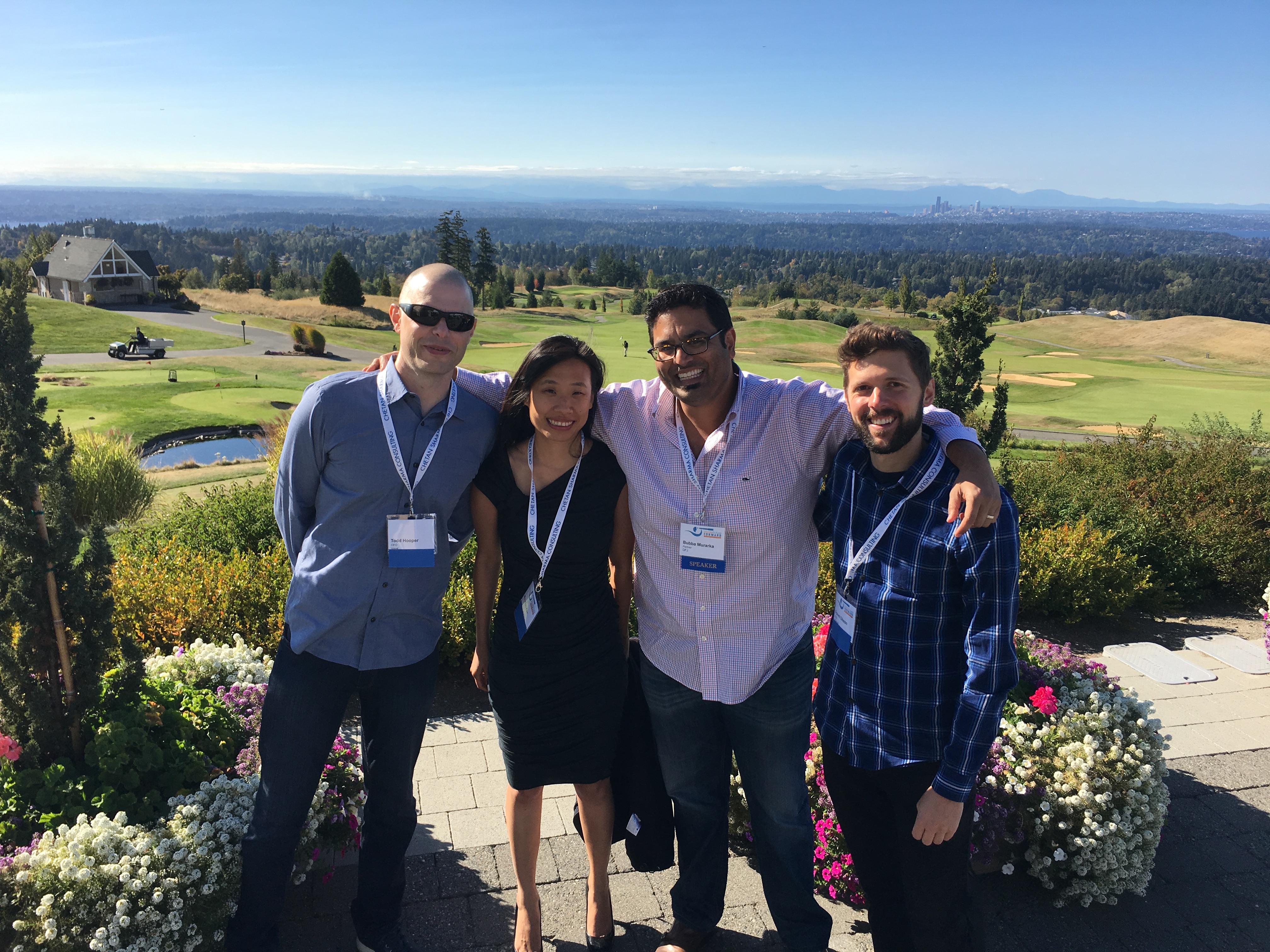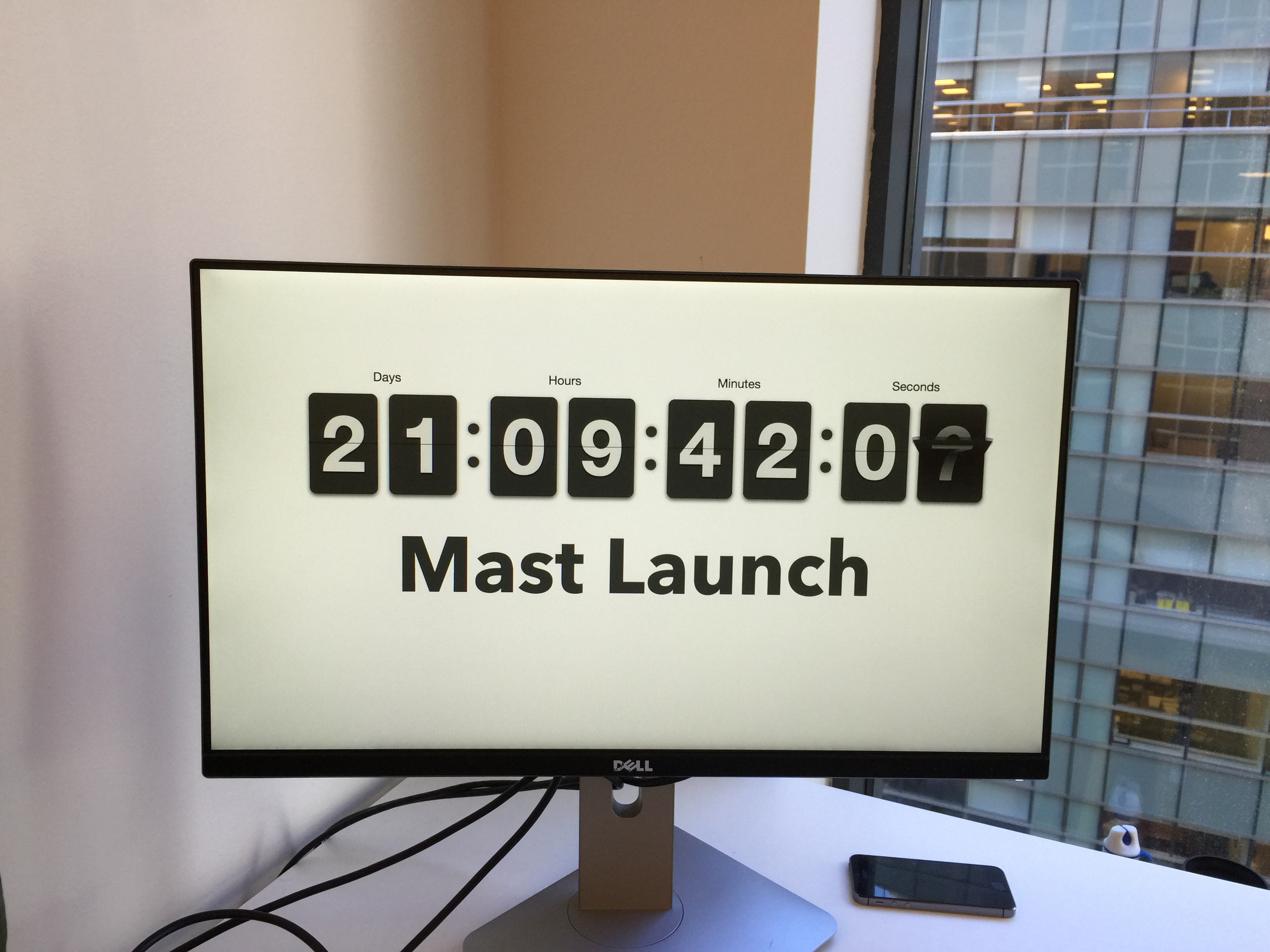
TLDR: I joined the writers’ room for the final season of HBO’s Silicon Valley series so Sunday night’s series finale was extra meaningful to me. Helping with the show since season two was a fantastic experience that taught me about Hollywood’s incredible ecosystem. Part one of this post is about my reflection on the experience while the second part is a FAQ based on IRL conversations about the experience And yes, this post is totally a huge flex.
The Tale of Two Towns
Funny people are awesome. Nice people are fantastic. Funny, nice people at the top of their game are rare. So it was a no brainer* to jump at the chance to work with Mike Judge and Alec Berg when they invited me into the writers’ room for the final season of HBO’s Silicon Valley. Little did I know how much I was going to learn and the meaningful friendships to come from the gig. I was shocked by how much Hollywood and the Silicon Valley have in common such as:
- Both ecosystems use iterative creative processes. Silicon Valley doesn’t frame product development as a creative process but the writers’ room experience has totally reframed product development as a creative process for me. In both ecosystems a small group of 8-10 professionals (e.g. a two pizza team) calibrate, brainstorm, pivot, and ultimately deliver an artifact that informs all of the other activities of the company (e.g. physical infrastructure, go to market activities, budget, timeline, hiring, etc). Further, both ecosystems empower a single person to set and enforce the right quality bar as the showrunners are equivalent to startup CEOs. Thus, allocating resources to the “right people” is the core function of the ecosystem as well as its major point of weakness (e.g. lack of diversity in both).
- Most startups and shows are not financial successes. The very small number of shows or startups that work create fantastic returns which makes each ecosystem work. Thus the most ambitious and committed people spend their time at “Ecosystem HQ” repeatedly working on their next time. Not surprisingly, both ecosystems develop tremendous data on peoples’ behavior and capabilities over time. Hollywood more openly discusses reputations as part of decision making at every level of a project. Silicon Valley gravitates to speaking about an organization’s culture and trajectory with rare exceptions of “star founders” being discussed.
- Experience is a critical signal. Each ecosystem’s resource allocators (VCs and Studios) use “track records” heavily in their allocation decisions. This is because it is very hard to understand the level of quality something needs to hit without having seen “great” before. Thus track records are one of the best ways to mitigate allocation risks. However, this virtuous cycle of success has many negative effects across diversity of people, ideas, and the ideal of meritocracy.
- Proving demand is the shortcut in both ecosystems. Outsiders to either ecosystem can make projects bets that have very asymmetric returns since the expectation is most things won’t work. But if you are able to prove demand (e.g. product market fit) in either ecosystem the time it takes to validate your track record is rapidly compressed. This lottery system is incredibly powerful motivator for ambitious people to “side hustle”. It also means that in both towns everyone always has something to pitch!
- Painful development processes don’t guarantee better outcomes. Some companies are harder to work for than others. Similarly, the Showrunner decides how to “run the room” with some opting for a deliberate sustainable pace while others place ridiculous demands on everyone’s time. Great outcomes have come from both approaches. However, I think Hollywood’s business norms of project by project work empowers individuals to make better, more nuanced personal trade offs than Silicon Valley**.
One stark difference between the two ecosystems: Hollywood does not hide its hierarchy. This was jarring given how intentionally tech tries to obfuscate hierarchy in pursuit of ideas. After adjusting to the surface level differences of these two approaches I’ve come to appreciate how explicit hierarchy can uncover and explore new ideas as well as “meritocracies”. Ultimately, “trust the process” is embraced by both towns while being instantiated completely differently.
Overall, this experience reinforced that the people matter the most when deciding what projects to take on. Always jump at chances to work with great humans who are world class experts in their profession, even if it is a stretch on your part. It will undoubtedly teach you new, valuable lessons you wouldn’t normally get.
*It did involve some personal tradeoffs such as being away from my family every week and not going to work with a CEO of a special company I really admired. Needless to say I’m especially thankful to my Erin, my wife, for supporting and encouraging me to take this on!
**Being a W2 tech employee provides many advantages, especially around equity incentives, at the cost of people staying in work environments they shouldn’t. Hollywood’s system ensures that individuals test the labor market frequently which likely increases efficiency of the ecosystem’s resource allocation function.
FAQ: I’m in tech, how do I break into Hollywood?
How’d you get involved with the show?
After the first season I met Jonathan Dotan, a producer on the show, at the Code conference. I gushed about the show and asked how I could help. He took me up on the offer by asking for a tour of my office on Sand Hill Road. Over the following seasons I got more involved including calling into the writers room from time to time, setting up idea jam sessions between writers & founders, and hosting the actors on their research trips to the bay area.
Takeaway: VC’s are probably onto something when they say, “How can I help?”. Lol.
What exactly did you do?
First off, there was a team of subject matter experts in the room and on speed dial as no one person has enough breadth to inform everything that come up in the writers’ room. At the start of the writing process I shared stories, articles, and perspective from being a part of the startup ecosystem for the last twenty years. When things resonated I’d put together a deep dive presentation which was personally fun because there really is some ridiculous shit in our industry. As the room started breaking the season’s story arc I pulled in experts from my network to support the development of new characters and story direction. Finally as individual writers went “on script” to write full episodes they would ask for help with specific lines to make sure they were realistic while still funny as all hell. After the table read there was also a second bite at the apple to ensure realism. I occasionally pitched ideas and jokes along the way but thankfully they never kicked me out for doing that!
Takeaway: The writers’ room uses whiteboards just as much as software teams!
Did they pay you?
Alec told me that I was the most underpaid person on the show.
Takeaway: I need to learn how to negotiate better.
How does the writers’ room work?
Building on what I wrote above about painful processes not creating better outcomes the writers’ room really reflects the personalities of everyone around the table. Silicon Valley’s writers had insanely impressive writing credits so everyone was confident and focused on great storytelling. I got to see a tremendous amount of respect, credit sharing, and jokes that are not work appropriate in any other professional setting.
The specific daily break down was typically jamming for three hours at the start of the day, followed by group lunch in the room (sidenote: they invented their own version of doordash that is people powered), a break for walks & email, followed by another three to four hour jam. Lots of link sharing via Slack and email as well as regularly watching videos as a group made for a lot of real world data for everyone to mine.
One big observation from the writers’ room process was how everyone knew their role to help create the best story. There were writers earlier in their careers who were responsible for taking copious notes and being encyclopedias of previous seasons. When the showrunners weren’t satisfied with the story everyone stayed late or came in on the weekend to get the story where it needed to be. Writers could flow in and out of the room without worrying about their ability to have an impact. When there was frustration it was productively handled.
Takeaway: I’ve adjusted my pro football hopes from starting to being a waterboy (er, man).
What are Mike and Alec like?
Well clearly I’m a fanboy so take that into account. They were extremely effective partners who have deep trust in each other. Beyond their obvious superpowers they picked durable constraints such as making the show as realistic as possible and that stories need to be Silicon Valley specific not typical office comedy tropes. It was wonderful to see no ego trips from either of them given all they’ve accomplished. Going forward, I’ll strive to work with people in tech who lead like them.
Takeaway: Please stop asking me who is funnier.
What did you learn about Storytelling?
That is worth its own post. Actually, there are books written on the subject. For me, ensuring character agency so that their decisions drive the story instead of their reactions to external events was an excellent lesson. I also internalized that building an audience’s emotional investment in the characters is the key to telling a great story.
Takeaway: I finally understand why people enjoy the story of how I met my wife!
Finally, special thanks to Travis Bryant, Andrew Cedotal, and Dean Moro for reading early drafts!
Fin.






You must be logged in to post a comment.